Lactose Intolerance is a term that is tossed around a lot, but is in reality a much bigger problem than it may seem. This is a condition in which the body has a hard time digesting lactose, a natural sugar found in milk and dairy products.

Lactose Intolerance in Babies
There is an enzyme called lactase which is produced in the small intestine. This breaks down the sugar lactose present in milk and other dairy products. Kids who are lactose intolerant produce little or none of this enzyme, lactase.
As you can imagine, lactose intolerance is a bigger challenge in babies or young toddlers who can't verbalize their discomfort. If only a 6 month old could say, 'Mom, I can't digest your breast milk or the top feed that you are giving me'! Understandably, it is just as distressing for a mother when her baby can't digest her milk; after all, milk is the only food for the first 6 months of an infant's life.
Symptoms of Lactose Intolerance in Babies

- Unexplained crying
- Abdominal/Lower belly pain
- Loose or foamy stools/diarrhea
- Gurgling sound in the tummy
- Nausea
- Bloating
- Flatulence
Steps to Deal with Lactose Intolerance in Babies
1. ELIMINATE
Parents should systematically eliminate milk and other dairy products from their child's diet. Avoidance is the best treatment.
2. REINTRODUCE
Dairy products like yogurt and cheese can be reintroduced overtime. The symptoms post introduction should be noticed. If there is no problem, other milk products and diluted milk can be introduced, one at a time. If any symptom reappears, stop dairy products right away.
3. UNDERSTAND
Some kids can tolerate small amounts of milk products or certain types of milk products without problems while others cannot tolerate even little. You will have to go through a series of trial and error to find exactly what your child is intolerant to.
Sources of Calcium for Lactose Intolerant Kids
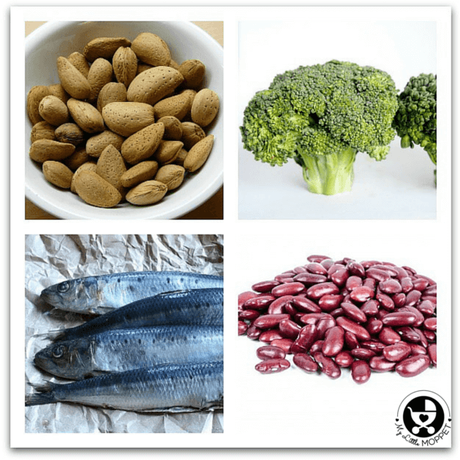
A big challenge for people whose kids are lactose-intolerant is learning how to avoid dairy and still get enough calcium for healthy bones. Although it might seem impossible at the outset, it is in fact easier than you think.
Broccoli, brussels sprouts, dried figs, and sardines are among the most calcium-rich non-dairy foods, Other foods that contain good amount of calcium are tofu, sesame seeds, ragi, almonds, moong, kidney beans, urad dal, chana, amaranth and curry leaves. For more information on other sources of calcium, check out this post. Try and add one of these food items at every meal.
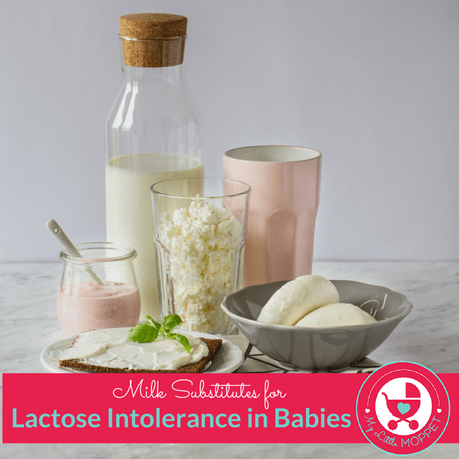
For Infants below 6 months

For infants with lactose intolerance, you can use lactose-free formula. Similac is an example of a milk-based formula that contains corn-syrup solids rather than lactose as its carbohydrate calorie source. Many soy-protein formulas also do not contain lactose and are suitable for lactose intolerant infants. It's a good idea to talk to your doctor before choosing a formula.
For Babies over 6 months and Toddlers

1. YOGURT
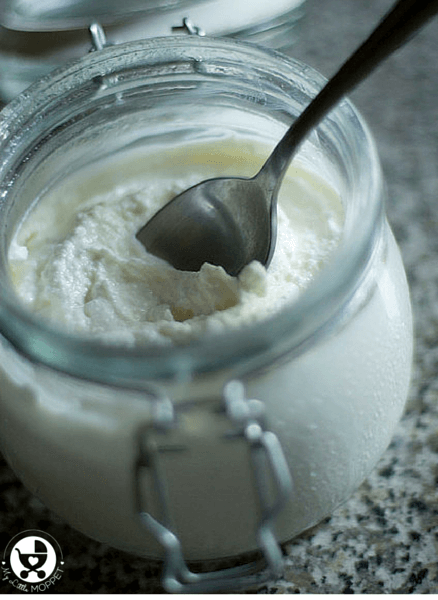
Even if your child is found to be lactose intolerant, there is a good chance that she is at least partially tolerant to yogurt/curd. This is because yogurt has active bacterial cultures and less lactose as compared to milk. Yogurt may cause less bloating because much of the lactose has already been broken down by its 'good' bacteria.
2. SOY MILK

The first option for a lactose intolerant child is usually soy milk. Some kids may reject it initially due to its taste but may eventually get used to it. Do not opt for the flavored versions that contain added sugar and preservatives; opt for natural instead. However, if your child has a milk allergy that is different from lactose intolerance, he or she may also be allergic to soy milk as well. Find out what kind of milk allergy your child has before introducing soy milk to her diet.
3. OTHER KINDS OF MILK
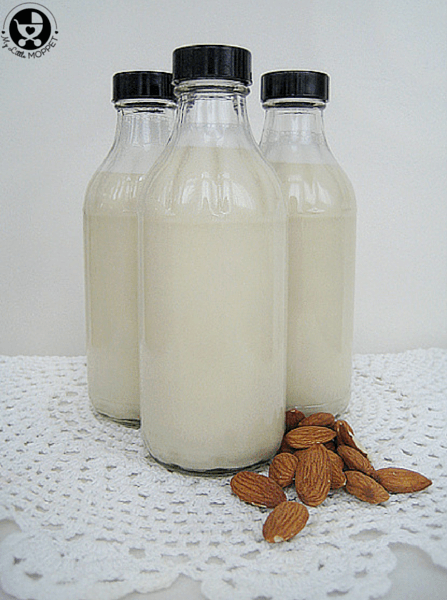
Substituting cow's milk with milk from buffaloes, goats or sheep will not help with your child's lactose intolerance since milk from any kind of mammal contains lactose. However there are still other options for kids who don't like or can't have soy milk, such as:
- Almond milk, which is loaded with magnesium and vitamin E
- Rice milk, which has almost no saturated fat and plenty of vitamin B12
- Coconut milk, which tastes creamy, just like cow's milk
Other vegetable milks include oat and cashew milks. The only drawback is that these milks don't work well with cooking.
4. CHEESE
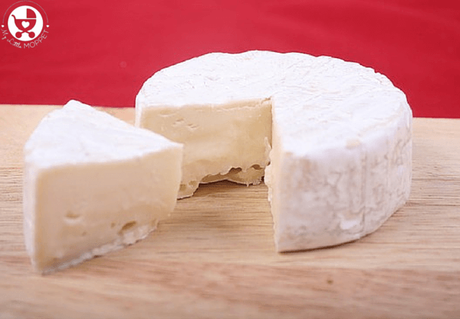
Fermented cheeses have less lactose than other dairy products so a child may be able to tolerate them. It is a very good source of calcium and protein as well. Examples of hard or aged cheeses that are low in lactose are Swiss, Parmesan, and blue cheeses. In India, these cheeses are available in most online supermarkets or gourmet food stores, especially in metro cities.
ALERT: Foods with Hidden Lactose
If a lactose intolerant child craves for ice cream parents generally offer sherbet as a substitute. Ready-made sherbet does contain some dairy, but it's a low-lactose food. Sherbet is a good example of a hidden source of lactose because you probably don't think of it as a dairy product. Other hidden sources of lactose include ready-to-eat soups, salad dressings, and processed breakfast foods.
Finding out that your baby is lactose intolerant can make parents feel at least temporarily upset and helpless. They have to keep a tab on everything their child eats, and ensure that his diet is rich in other foods that are good sources of calcium and protein. It may seem a little confusing initially, but there are plenty of options and a child can grow up perfectly normally without milk in his diet. All you need are alternate food sources and a positive attitude!
Author

Hetal Chheda is a Consulting Nutrition Expert and Lifestyle Coach based in Mumbai, post graduate in Foods and Nutrition with over 7 years of experience in the Nutrition industry. Hetal was on board nutritionist with the leading group of oncologists for 5 years and was a clinical nutritionist in one of the leading hospitals in Gujarat. She has set up Health Kitchens and has developed over 500+ recipes.She takes workshops on Importance of Nutrition in Children, Lifestyle changes for optimum health, +50 fitness regimes and heart health. You can read more about her at www.hetalchheda.com and www.yourhealth.diet.
Lots of Love,



COMMENTS ( 2 )
posted on 27 January at 21:11
Thanks in support of sharing such a fastidious thought, post is pleasant, thats why i have read it completely
posted on 20 January at 19:54
Thank you a bunch for sharing this with all people you actually recognize what you are talking about! Bookmarked. Kindly also discuss with my site =). We will have a hyperlink trade contract among us